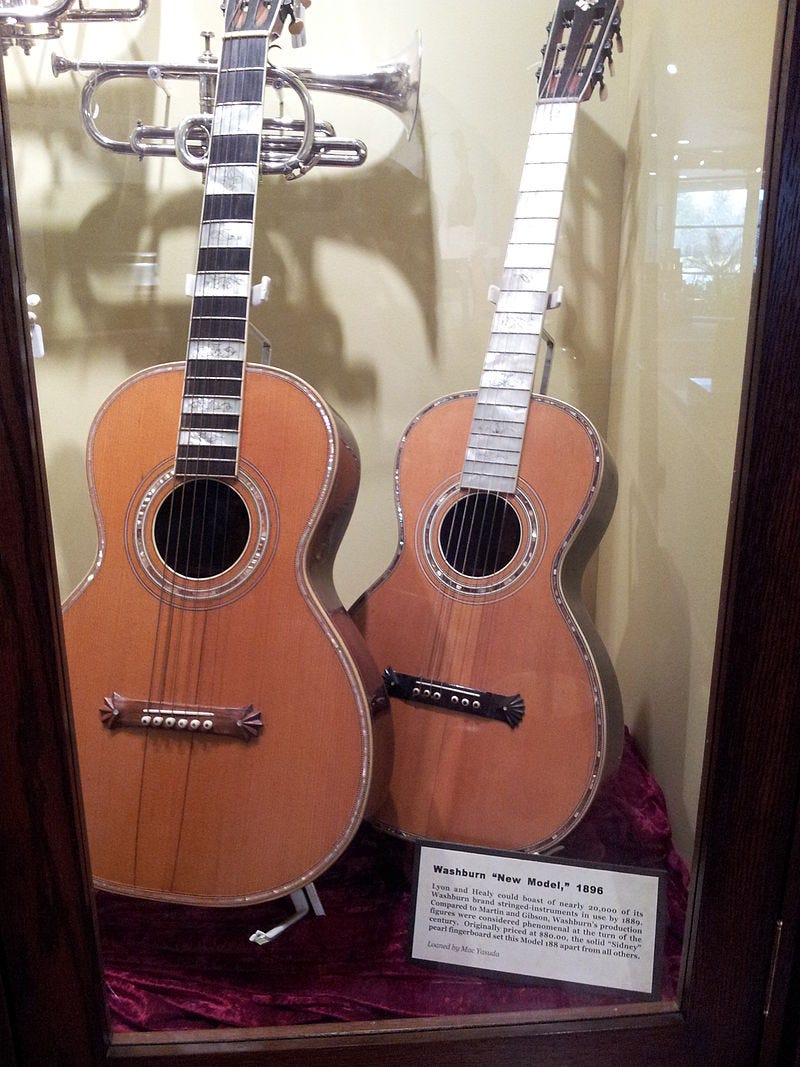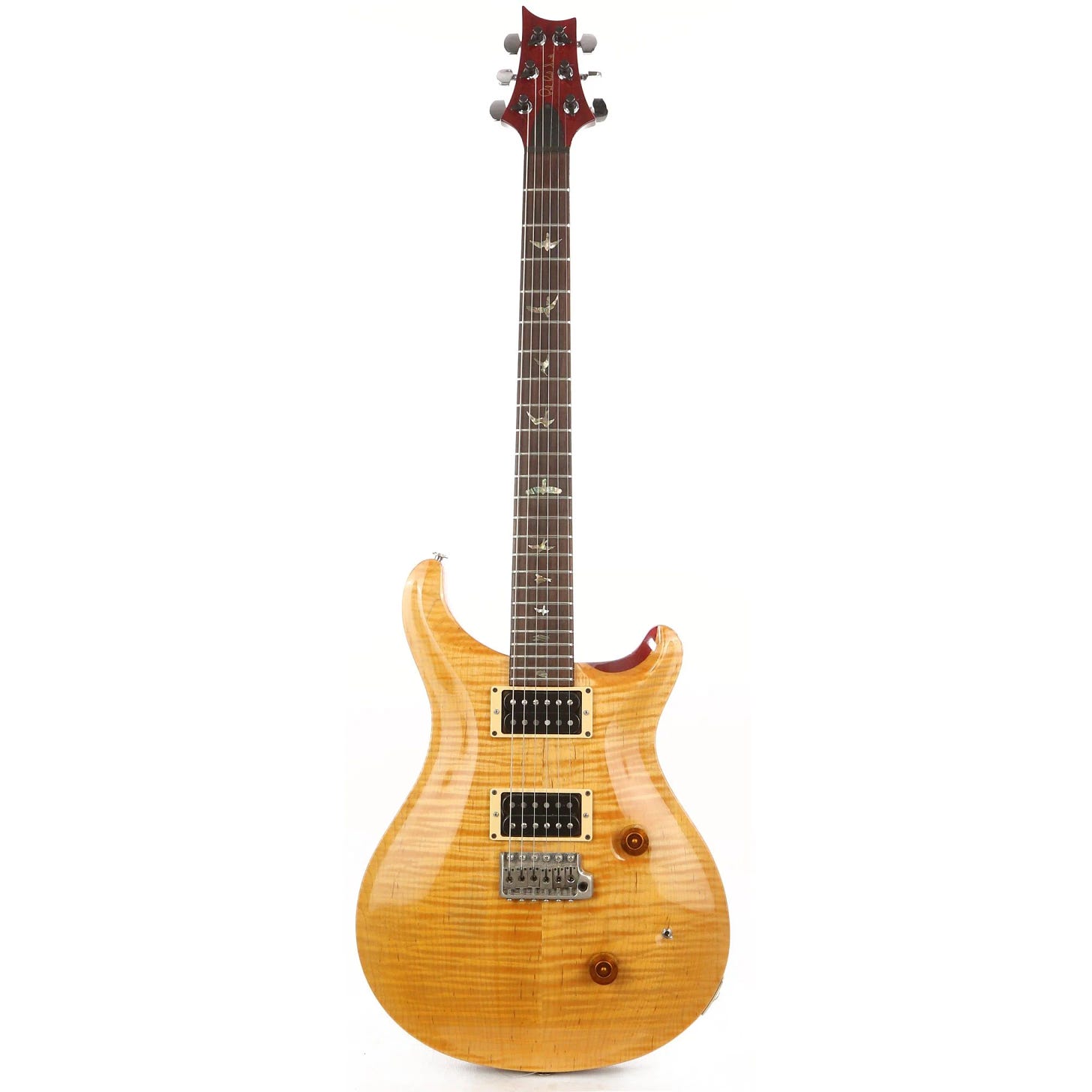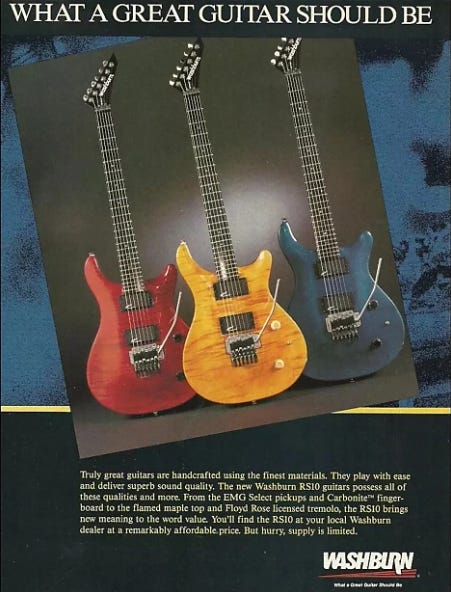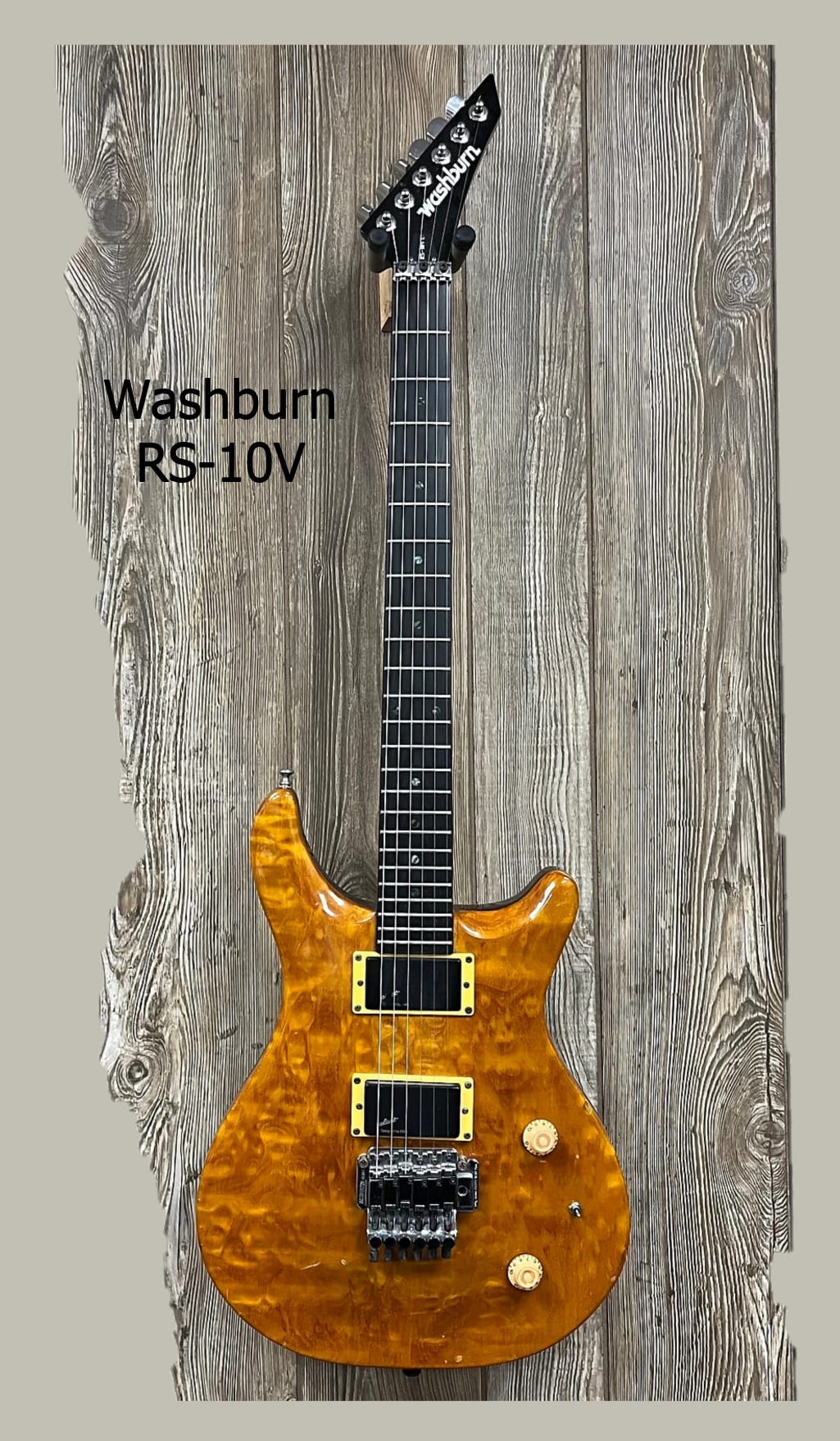Guitar Gavel Gear Of The Week with Will Ray - Chibson Les Paul Special DC
It's not a real Gibson, it's not made in the USA, and it's not TV Yellow despite what is advertised.
It doesn't matter for this Guitar Hog, this one is good enough Will bought two!
Let's see what she can do: 3:05
The Washburn brand goes back to 1864 when founders George Washburn Lyon and Joseph Patrick Healy opened a retail music store in Chicago.
Twenty years later the duo decided to manufacture guitars and the line-up included mandolins, banjos, zithers, and ukuleles. Some of their "presentation" grade parlor guitars, highly ornate and decorative, were of the most expensive of the late 1880s.
Like most guitar companies from a 100+ years ago there were many iterations of ownership and brand name transfers. The Washburn brand as we know it today was resurrected in the early 1970s and really put on the map in 1978 with the introduction of their Wings series of guitars. Then Washburn spent the next 10 years trying to find its voice amid the changing musical tastes of the 1980s. Some of their body shapes of were original, most of them were super strat and pointy guitars similar to everyone else, there was even a headless line-up, and then there were copy guitars.
The one under the microscope this time out is not a Fender or Gibson copy, it’s a Paul Reed Smith knock-off. The year was 1985, Paul had just finished his large-scale production facility in Annapolis, MD and the first guitar to roll off the line was the PRS Custom sporting an elongated bass horn.
Two years later in 1987, a couple of very similar looking guitars were introduced by Washburn. The RS-8V and RS-10V. The set-neck and high quality build of these guitars have made them legendary. Well… legendary in the sense there are many misconceptions of where these guitars were built.
Given Washburn’s history of sourcing instruments from Matsumoku and Kasuga of Japan, that's a fair guess. Some claim they were even “Made in USA”, however, the MSRP was less than $600 that is nearly impossible.
Based on the serial number conventions, Samick is the correct answer and they actually turned out their own version, the PRFB-402 in 1990. If you are unfamiliar with Samick, they are one of the largest string instrument manufacturers in the world. The company is headquartered in Korea and they have been a contract builder for many household guitar brands, namely a 10+ year stint for Epiphone. From the mid 80s through the early 2000s, most of Samick’s guitars were built in Korea. Production shifted to Indonesia in 2003.
The Washburn RS series was discontinued by 1990 and it’s rumored a cease and desist letter from PRS had a lot to do with it. Shocker, the guitar that looks like a PRS and uses two of the guy’s initials?
You get a lot of bang for the buck in these guitars. The only difference between the two models were the fret inlays and the RS-10V had a flame maple cap. The current fair market value for a good condition RS-8 or 10V is $325-$425.
10V Specs: Mahogany body and neck, Carbonite fretboard with abalone inlays. EMG Select humbuckers, Master volume and tone, 3-way mini switch, Samick’s licensed Floyd Rose Tremolo “600T”





